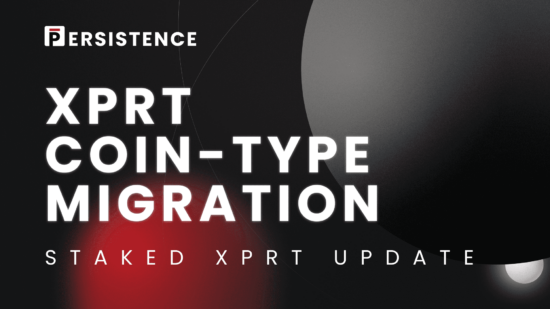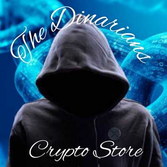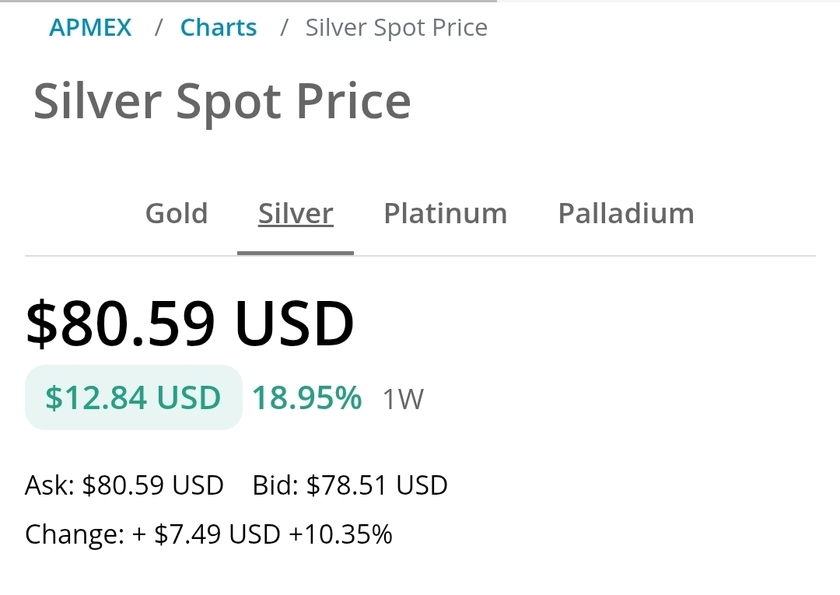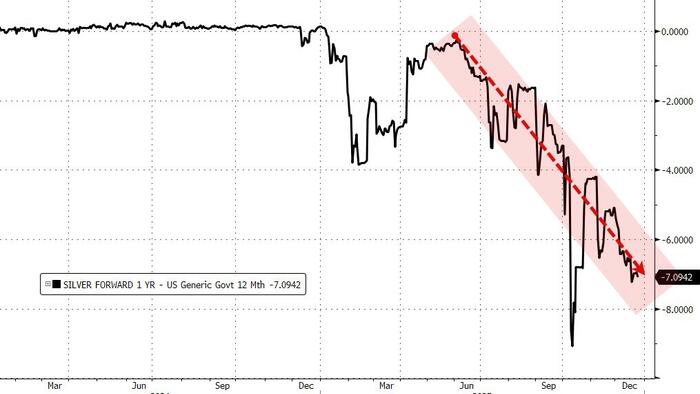An update on the 750 to 118 XPRT coin-type migration of staked XPRT without the 21-day unbonding using the Liquid Staking Module.
XPRT coin-type migration Context
Coin-type is nothing but an identifier for a cryptocurrency. It is vital for creating multiple accounts within a single wallet and helps derive keys from a root seed. When the Persistence Core-1 chain launched in March 2021, it adopted an independent 750 coin-type for XPRT to uphold sovereignty, prevent privacy issues, and operate flexibly in different ecosystems. However, as the IBC ecosystem matured, the 118 coin-type became the standard in Cosmos. This led to a bad user experience for Ledger users, misalignment with the broader Cosmos, and the need for extra efforts to integrate XPRT into wallets, chain, or other dApps.
Following a forum discussion, the Persistence Labs team launched the functionality to migrate XPRT coin-type from 750 to 118. Liquid XPRT could easily be migrated by simply creating a new 118 coin-type address and using the migration functionality.
However, there remained a substantial barrier to entry for the coin-type migration: Majority of the XPRT token supply is staked. Historically, the Persistence core-1 chain’s bonded ratio has remained >~70% (even as high as 81%). The only option to migrate the coin-type of staked XPRT was to unstake (wait for an unbonding period of 21 days) and then migrate. Until now.
XPRT coin-type migration of staked XPRT with the Liquid Staking Module (LSM)
On a technical level, the Persistence core-1 chain is one of the most advanced chains in Cosmos. In fact, it was the first chain in Cosmos to adopt the Liquid Staking Module (LSM) by Iqlusion as part of the biggest chain upgrade ever, v8 Pacaya.
LSM is the same module added on the Cosmos Hub recently to enable the conversion of natively staked into liquid staked ATOM like stkATOM on pSTAKE and other liquid staking protocols. While the exact application remains true (stkXPRT *eye emoji*), the LSM also enables the coin-type migration of staked XPRT WITHOUT having to unbond tokens.
The staked XPRT coin-type migration is built to be seamless and user-friendly. It involves three key steps:
- Converting staked XPRT (old 750 type) into tokenized shares
- Transferring shares to the new 118 coin-type wallet
- Redeeming shares as staked XPRT (new 118 type)
XPRT coin-type migration FAQs
General
- Which coin type for XPRT is supported by the Persistence Core-1 chain?
→ Currently, both 118 & 750 coin-type addresses are supported by the Persistence Core-1 chain. - Which all wallets support the new 118 coin-type?
- When do I have to complete the XPRT coin-type migration?
→ The support for 750 coin-type wallets is scheduled to be deprecated in December 2024. This gives Persisters enough time to migrate their tokens. However, this is subject to change depending on overall migration completion. - What is a key store file, and is it safe to use?
→ A KeyStore file is an added layer of security that uses an encrypted copy of your Mnemonic seed phrase with a password to enter the file. Once you generate the KeyStore file, secure the keystore.json file in a safe location.
Using Keplr
- Do I need to migrate my tokens on Keplr?
→ If your wallet was created before 7th October 2022, your default wallet type is 750 and you will need to migrate to 118. If your wallet was created after 7th October 2022, your default coin type is 118, and no migration is required. If you don’t remember, you can check and follow step 1 here to know your coin type. - Is my 750 coin type wallet address different from the 118 coin type wallet address?
→ Yes, both the wallet addresses are different. - Will I need to log in to the Persistence wallet if I have my tokens on Keplr?
→ Yes, you will have to use the Persistence wallet and log in using your Keplr wallet to complete the migration process. - Can I migrate both liquid and staked XPRT tokens from coin type 750 to 118 on Keplr?
→ Yes. Check this guide to use migrate coin type using Keplr wallet for both liquid and staked XPRT tokens.
Using Persistence Wallet (pWALLET)
- How can I log in to pWALLET?
→ You can log in to pWALLET using a Keystore file or an external wallet like Keplr or Ledger. - How do I know which is my XPRT coin-type?
→ Step 1 in this pWALLET guide will help you know your XPRT coin-type. - I can’t see coin-types in my Persistence wallet. What do I do?
→ You must log in using the Keystore file to see both coin-type addresses in your persistence wallet. If you login through an external wallet such as keplr, you will have to check your coin type on keplr first. - I’m not eligible to migrate staked XPRT on pWALLET. What should I do?
→ If you are not able to migrate your staked XPRT tokens, it could probably be because your validator may not have sufficient validator bond, which is a pre-requisite for a validator to receive delegations through LSM. You can check validator bond info on the Smartstake dashboard. If your validator doesn’t have enough validator bond, consider talking to your validator or redelegating. - Is there any limit to transferring my tokens?
→ No, your entire stake can be migrated in one go. - I did everything right, but my transaction failed in the last step due to insufficient gas. What should I do?
→ If the transaction fails due to a gas issue, increase the gas to 750000 using the ‘Advanced’ button.
Using Leap Wallet
- How do I know my XPRT coin type if I’m using Leap wallet?
→The naming convention of Leap wallet indicates the type of wallet being used. If it is the 750-coin type, the name will include ‘(old)’. If it is the 118 type, the name will include ‘(new)’. - How can I migrate XPRT coin-type using Leap Wallet?
→ The migration process using Leap wallet is a manual one. Follow this guide to migrate your tokens.
About Persistence
Persistence is a cosmos app chain for LSTfi (liquid staking finance) with the issuance of & DeFi for LSTs.
The Persistence core-1 chain hosts pSTAKE Finance–a multi-chain liquid staking protocol for issuing LSTs that allows users to earn staking rewards while participating in DeFi primitives, Dexter–the Interchain DEX for yield-generating assets like LSTs.
Persistence aims to offer a one-stop shop for liquid staking for PoS (Proof-of-Stake) users and enable developers to build innovative applications around LSTs.





























